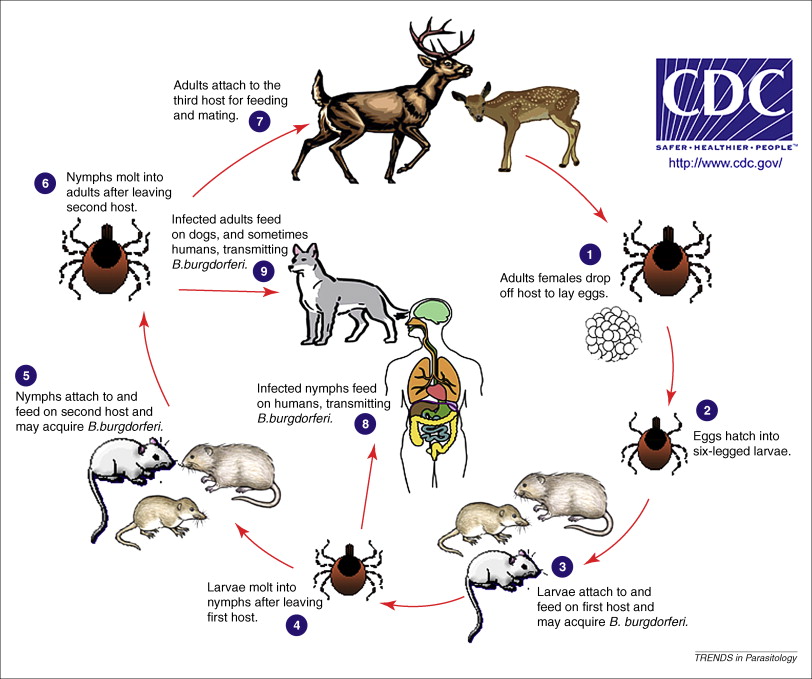Tick Control & Lyme Disease
In Fairfield County, there is no question that Lyme Disease is the most important tick-borne disease to manage. Some experts estimate that 1/3 to 1/2 of Deer Tick nymphs in our region may carry Lyme!
Summary:
- Lyme Disease makes Ticks the highest pest control priority in Fairfield County
- Tick Control should be designed separate from mosquito control as these populations peak at different times of year
- Ticks are not mobile creatures, so controlling rodents and other animals that transport tick into your yard is also essential to successful tick control
Here’s the Research:
The overwhelming probability for contacting Lyme Disease through a tick, coupled with the lack of understanding of the long term physical and psychological impacts of the disease, make tick control a pressing priority in our community. But the question remains… What can a homeowner do to effectively and responsibly prevent the spread of Lyme?
To address these concerns, the state of Connecticut has published The Tick Management Handbook which explains, “Only small amounts of an acaricide applied at the right time of year are necessary. Chemical intervention should focus on early control of nymphal I. scapularis ticks, the stage most likely to transmit Lyme disease, by spraying once in May or early June. A fall application in October may be used to control adult blacklegged ticks (or in the spring if no fall application was made).” And in lower Fairfield county the early spring application is actually equally effective in late April.
The CDC is another good source for information about Lyme Disease, and they clearly link it’s spread to rodents and ticks. The chart below shows the connection between the life cycle of ticks and the transmission of Lyme Disease:

Despite this information, some pest management companies advertise that mosquito treatments also kill ticks. This may be true, but typically mosquito populations peak in mid-Summer and the most effective time to treat for ticks is in mid-Spring and mid-Fall. It is also worth noting that ticks and mosquitoes typically reside in different parts of a residential landscape, and for this reason may be better managed with different chemical formulations.
Another important consideration for successful tick control is that ticks are not mobile creatures. Some pest companies offer repellents to be applied to your yard to keep ticks out, but what this kind of approach does not address is the fact that ticks rely on host animals for transportation.
Unless a repellent is effectively keeping all deer, mice, and other small rodents out of your yard, it’s unlikely to be adequately addressing your tick concerns.
At PesTecs our approach combines a deep understanding of best practices in tick control, with our desire to minimize the use of pesticides, all resulting in chemical applications to your yard only when those applications are most necessary and effective.
Regardless of what you decide, please –
Bee Responsible with Pesticides



Recent Comments